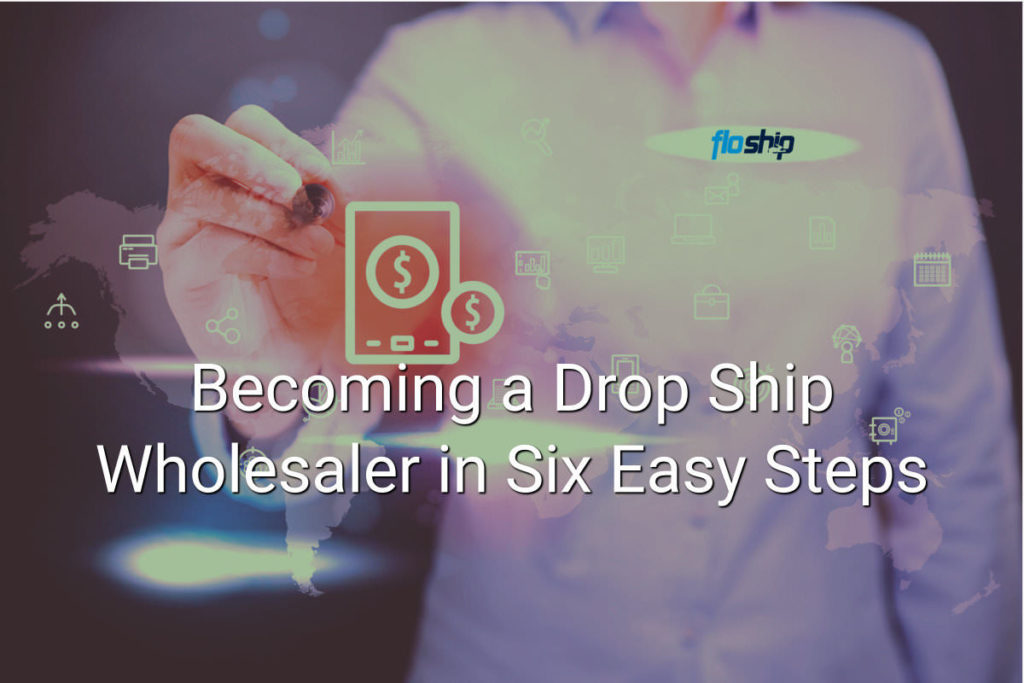Drop shipping allows you to sell products without the hassle of handling and storing physical goods.
The product manufacturer ships the items directly to your customers. You only have to worry about finding customers and processing their orders.
Drop shipping works well for companies without much startup capital because you do not have to tie up cash in inventory or worry about losses from products becoming obsolete.
You can quickly add new products to your lineup because you do not have to wait to stock the items in inventory.

1. Choosing Your Products
Choose the products your company will sell.
Start by narrowing down your choices to several possibilities and research each market to see if there is enough demand for the product.
Analyze the competitors already in the market. Estimate their sales and profit margins to determine whether you will be able to survive at those levels.
The 5 Minute Guide to Scaling Your Shopify Shipping Strategy
Automate Your Fulfillment & Shipping
2. Requesting an Employer Identification Number
For those in the USA, you must obtain an employer identification number from the IRS.
You can apply by mail, fax, telephone or online.
Apply for a business license, sales tax certificate and resale certificate with your state.
You will need to provide this information to suppliers to be eligible for wholesale prices and sales tax exemptions.
3. Finding Suppliers
Locate suppliers willing to provide your product at prices low enough for you to make your desired profit margin.
You may also be able to find other large wholesalers that are looking to increase their distribution channels.
- Check the advertising section of retail trade magazines.
- Talk to others in the industry who sell complementary products to see if you can make a deal.
- Try to line up backup suppliers for products with high demand so you will not run out of stock and be unable to fulfill your customers’ orders.

4. Negotiating Shipping Terms
Negotiate the shipping terms with your suppliers.
Inform them you will be acting as a drop shipper and not directly handling the products.
It is crucial that your suppliers will be able to meet your specified deadlines so your customers stay satisfied.
There may be a small handling fee for drop shipping items.
This typically includes the cost of sending UPS or FedEx tracking numbers so you can update your customers on the status of their orders.
Have your own inventory, see how Floship can allow you to create a virtual dropship system, with our e-fulillment workflow.
5. Setting Up Your Business
Prepare all of the documents you will be using to run the business, such as order forms, invoices, company letterhead and shipping labels.
Build a basic website for your company or hire a developer if you do not have the required expertise.
An online presence gives your company a more professional appearance and helps potential suppliers and customers find you.
Establish a return policy for your customers that fits with the terms offered by your suppliers.

6. Locating Interested Buyers
Locate buyers for your products by running ad campaigns or online classified listings.
Advertise in retail trade magazines or attend conventions if you can afford it.
Other retail outlets may be looking for wholesalers with lower prices or better shipping terms than their current suppliers.
Try to build long-term relationships with customers whenever possible so you will get their orders in the future.
More E-commerce Mastery Articles
- Scaling Shopify – 3 Winning Tools to Skyrocket Your Store
- E-Commerce Fulfillment: Shopify Order Expansion
- Cracking The Harmonized System Code: Product Classification for International Shipping
- Choosing Between Magento and Shopify to Power Your Ecommerce Website
The 5 Minute Guide to Scaling Your Shopify Shipping Strategy
Automate Your Fulfillment & Shipping

Ready To Upgrade Your Logistic Solution?
Speak to Floship ecommerce logistic consultant about improving your global support chain today





